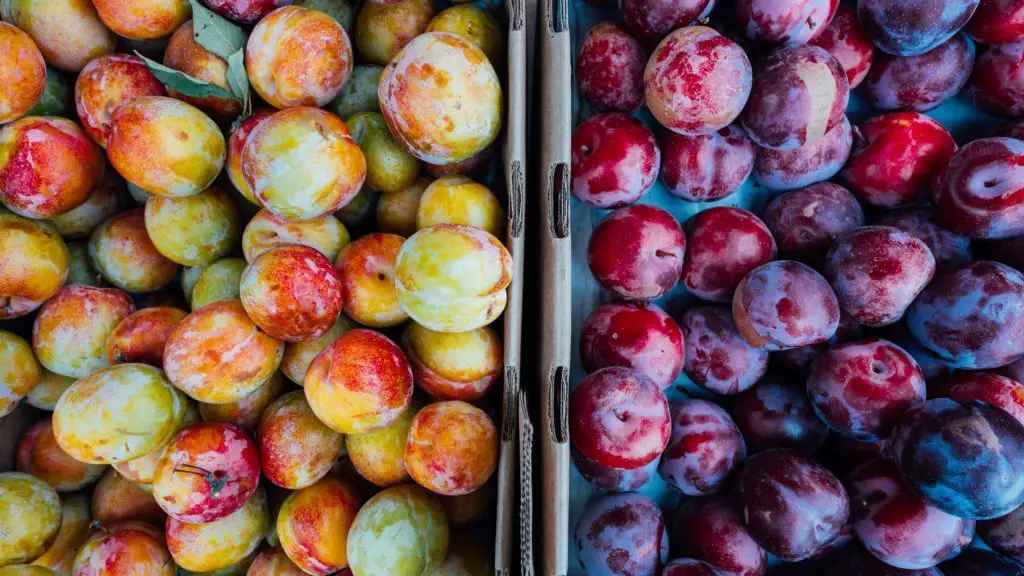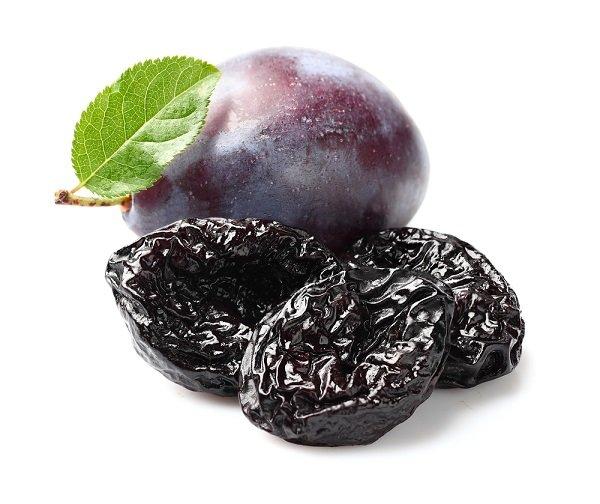A prune is a dried plum mostly the European Plum kind (Prunus domestica). Plums are categorized into two:
- freestone cultivars which the pit is easily removed and dried into prunes, and
- clingstone cultivars which the pit is difficult to remove thus these are grown to be eaten fresh instead.
In the U.S., prunes are mostly from the Improved French plum cultivar although there are more than a thousand plum cultivars suitable for drying.
In Japan, plums are usually eaten fresh but if dried, people call it dried plums instead of prunes.
But sugar plums are not made of plums or prunes. Instead, these are hard candies that may contain either a nut, a seed, or a spice.

Table of Contents
Prunes: A Matter of Labeling
Before, when we say “prunes”, we immediately associate it with its main health benefit: achieving a regular bowel movement and avoiding constipation. Eventually, it has gained a reputation for being served to the elderly and also marketed as a “health” food plus the fact that it has also become the subject of related jokes.
Thus, some time in the late 90’s to early 2000, there has been an appeal to change the name of “prunes” to “dried plums” so that it could be marketed well to the new generation and eventually removing the initial perception. In 2001, the name change has been official.
Nutritional Value
Prunes contain 31% water, 64% carbohydrates 7% of which is dietary fiber, 2% protein, and less than 1% fat. These are also a good source of vitamin K, vitamin B, and dietary minerals. These also contain phytochemicals which help prevent diseases.
Drying Plums
- It is recommended to use Italian prune plums for their water content is lower than other varieties. Wash them well.
- Slice each plum in half and remove the pit.
- Using your thumb, push the back of each half and try to invert it, exposing the flesh. This will make the plums dry quicker.
- Place them on your food dehydrator trays with the skin-side down, not touching each other or overlapping.
- Set your food dehydrator between 125°F and 135°F as per your food dehydrator’s instructions. Dry it for 8 to 12 hours depending on the thickness of the plums.
- You’ll know that it is dried if they look and feel leathery.
- Store in air-tight containers.
Final Thoughts
Aside from having dried plums, a.k.a. prunes, as snacks, you can chop them and use them as substitute for raisins in your baking. Go ahead and try making dried plums and start making your own trail mix or bars.

